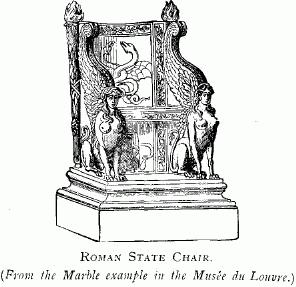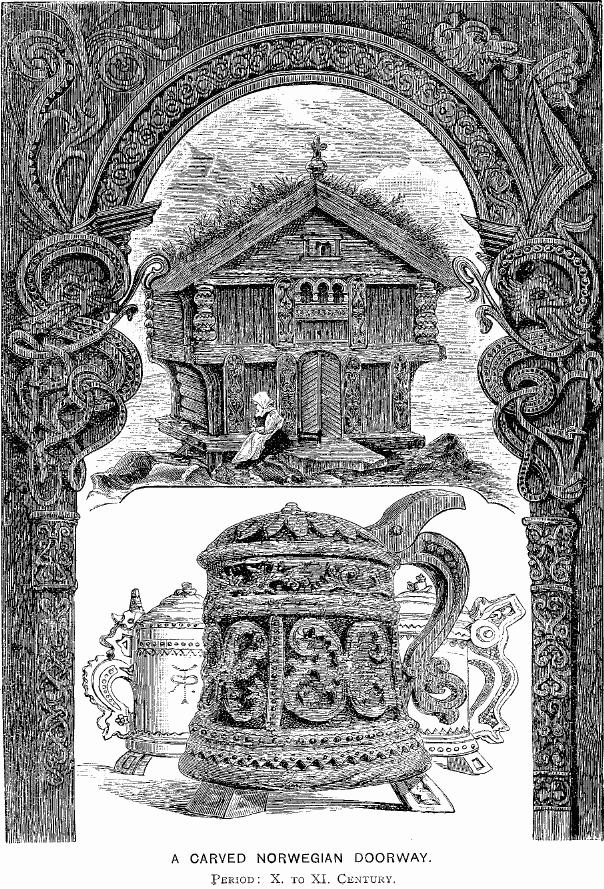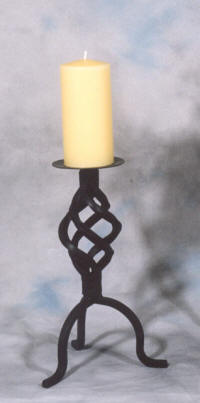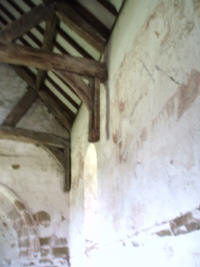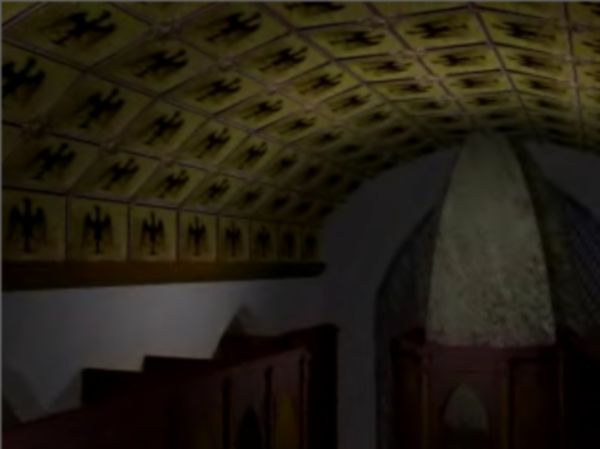Staket och räcken


hyllor

portar
Om lås:
"Det var under 200-talet e Kr som de uppfinningsrika romarna började framställa dörrlås helt av metall. Innan dess var alla lås helt eller delvis tillverkade av hårda trämaterial. Nycklarna däremot kunde vara utförda av brons eller järn. Lås av trä användes i stora delar av Europa ända in på 1900-talet."
Från:
http://www.historicallocks.com/sv/site/historicallocks/Artiklar/las-av-tra-och-jarn/
Se även:
http://www.historicallocks.com/sv/site/historicallocks/Artiklar/historia-kring-hanglas/Medeltid-1050-1520/

"Det var under 200-talet e Kr som de uppfinningsrika romarna började framställa dörrlås helt av metall. Innan dess var alla lås helt eller delvis tillverkade av hårda trämaterial. Nycklarna däremot kunde vara utförda av brons eller järn. Lås av trä användes i stora delar av Europa ända in på 1900-talet."
Från:
http://www.historicallocks.com/sv/site/historicallocks/Artiklar/las-av-tra-och-jarn/
Se även:
http://www.historicallocks.com/sv/site/historicallocks/Artiklar/historia-kring-hanglas/Medeltid-1050-1520/

Lyktor
Kistor

Game Box
Bone, wood, partially stained
Italian, 14th century
On loan to the Metropolitan Museum of Art, Accession # L.1982.54.2
Text from the Metropolitan Museum of Art label.
Från http://www.flickr.com/photos/elissacorsini/2451628989/in/set-72157602330821377/


 Reliquary of the True Cross
Reliquary of the True CrossGilded silver, gold, and enamel worked in cloisonne and niello
Byzantine
Made about 800 in Constantinople
Accession # 17.190.715 a,b
The cross upon which Christ was crucified is said to have been discovered in the early 4th century by Saint Helena, mother of Constantine the Great, the first Christian Roman emperor. During the Byzantine era, small pieces of the True Cross were distributed as gifts and housed in precious containers to be venerated by the faithful.
This finely made box is one of the earliest examples of a True Cross reliquary. On the lid, worked in cloisonne, Christ is shown alive on the cross, wearing the long tunic (colobium) popular in early Byzantine depictions of this scene and flanked by the mourning figures of the Virgin and Saint John. On the reverse, worked in niello, are four episodes from the life of Christ: the Annunciation, the Nativity, the Crucifixion, and the Anastasis (in the West called the Harrowing of Hell). The lid slides back to reveal five compartments for relics arranged in the shape of a cross.
Text from the Metropolitan Museum of Art label.
Bord

Sängar
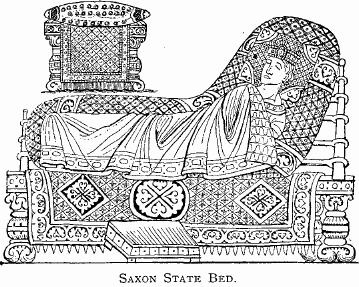
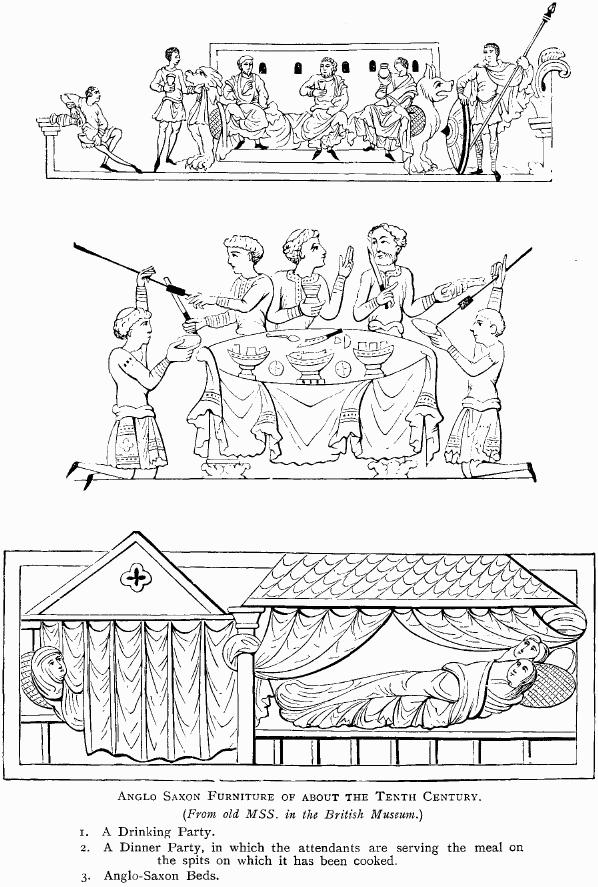
Stolar
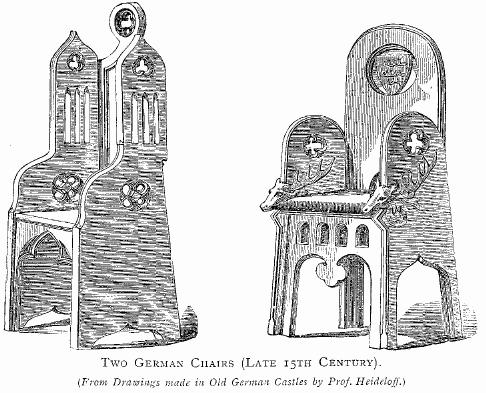
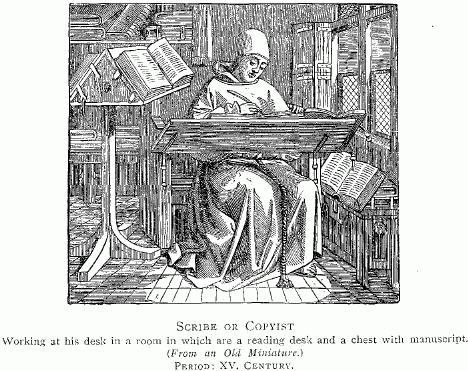
Sniderier
soffa
Från sidan http://www.gutenberg.org
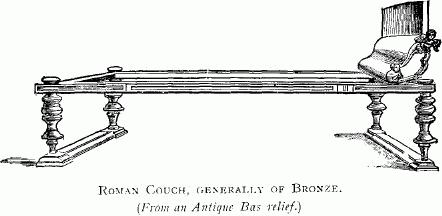
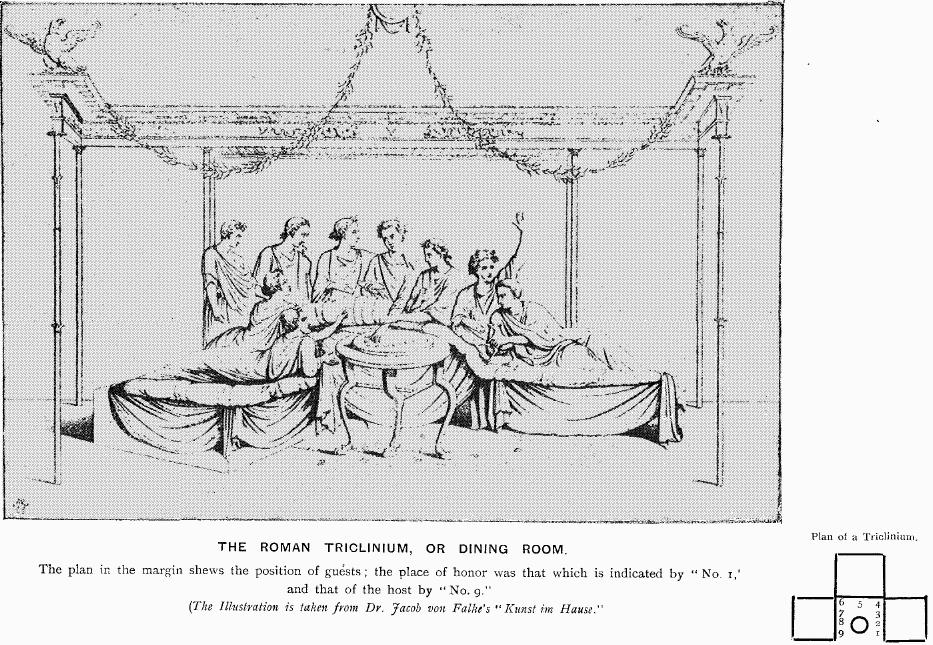
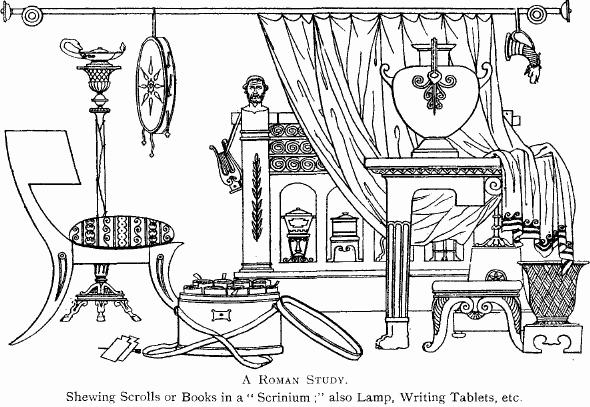

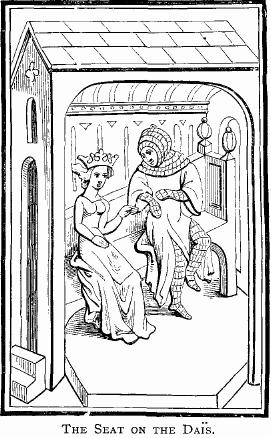
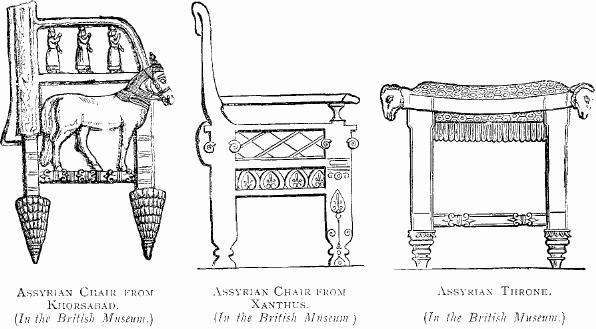
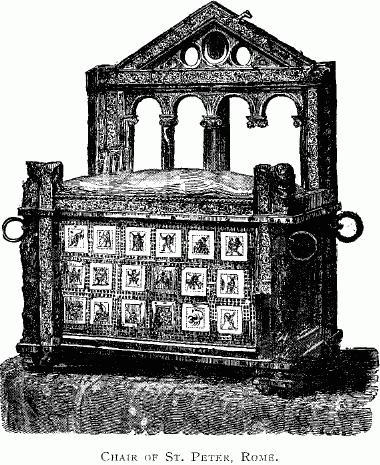
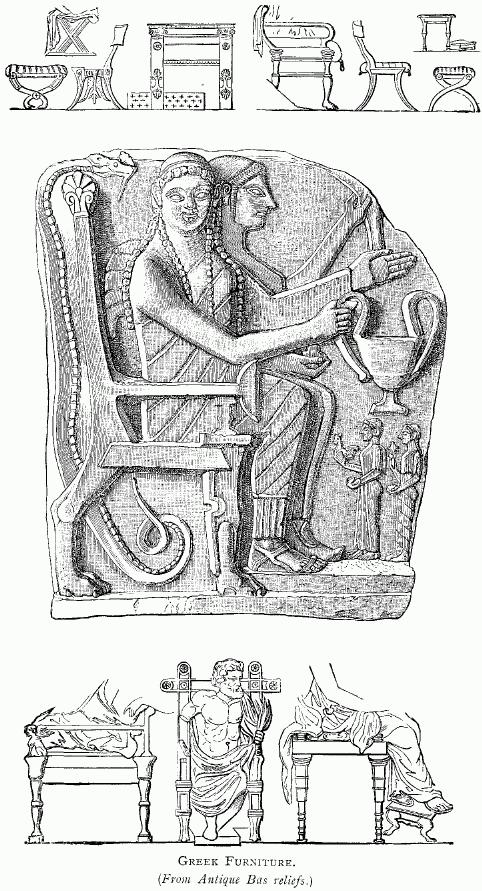
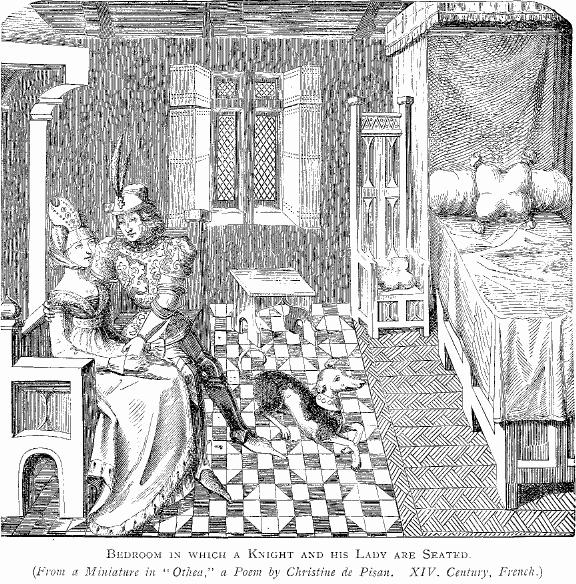
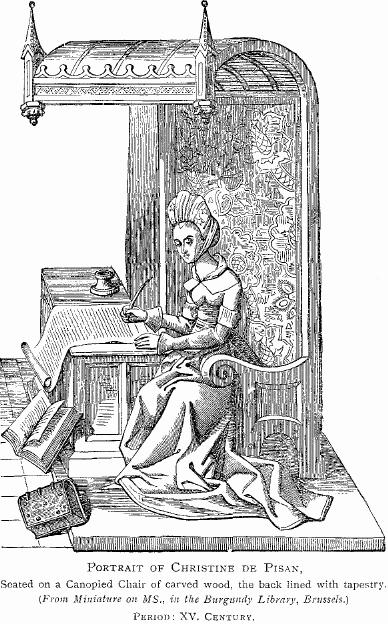
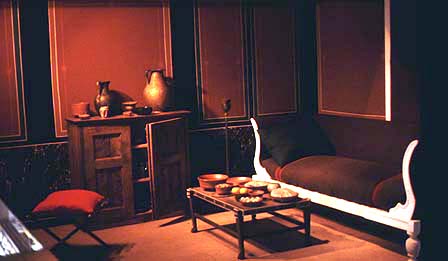
1977; Museum of London, model of roman room showing furniture types
Romerskt kök
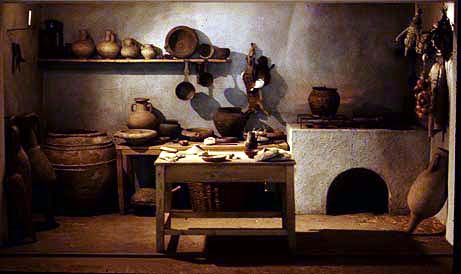
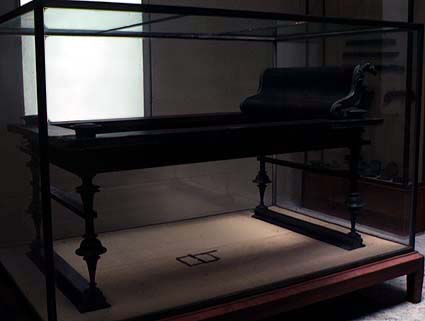
Lectus (metal fittings ancient; wood modern); 1982; Bardo Museum













1977; Museum of London, model of roman room showing furniture types
Romerskt kök


Lectus (metal fittings ancient; wood modern); 1982; Bardo Museum


Couch and footstool with bone carvings and glass inlays
Roman, 1st-2nd century AD
These pieces of furniture have been reassembled from fragments, some of which may
come from the imperial villa of Lucius Verus (co-emperor 161-169 AD), on the Via Cassia
outside Rome. It is not certain that the square glass panels are original to the frame and
stool, but the carved bone inlays are paralleled on other Roman couches. On the couch legs
are friezes of huntsmen, horses, and hounds flanking Ganymede, the handsome Trojan youth
who was abducted by Zeus in the guise of an eagle to serve as his wine steward. On the footstool
are scenes of winged cupids and leopards, and on the sides of the bedframe, the striking lion
protomes have eyes inlaid with glass.
Text from the Metropolitan Museum of Art label.
http://www.flickr.com/photos/elissacorsini/sets/72157594360934999/




Romerska saker:
http://www.recuperando.it/pagine/index.asp?Lingua=2&Area=2
Roman, 1st-2nd century AD
These pieces of furniture have been reassembled from fragments, some of which may
come from the imperial villa of Lucius Verus (co-emperor 161-169 AD), on the Via Cassia
outside Rome. It is not certain that the square glass panels are original to the frame and
stool, but the carved bone inlays are paralleled on other Roman couches. On the couch legs
are friezes of huntsmen, horses, and hounds flanking Ganymede, the handsome Trojan youth
who was abducted by Zeus in the guise of an eagle to serve as his wine steward. On the footstool
are scenes of winged cupids and leopards, and on the sides of the bedframe, the striking lion
protomes have eyes inlaid with glass.
Text from the Metropolitan Museum of Art label.
http://www.flickr.com/photos/elissacorsini/sets/72157594360934999/






Romerska saker:
http://www.recuperando.it/pagine/index.asp?Lingua=2&Area=2
Lampkronor




http://www.fitzdecarts.com/mica_lamp_co_vintage_iron_collection.htm

http://www.fitzdecarts.com/iron_abbey_collection.htm







http://www.rejuvenation.com/fixshowW136/templates/selection.phtml






Tält
Rom

Tak
Korsvirkeshus

Från: http://www.rogerswebsite.com/england.htm

http://www.foteviken.se/engelsk/art_english/e_art17q.htm
Från sidan: http://www.chethams.org.uk/old_halls.htm








